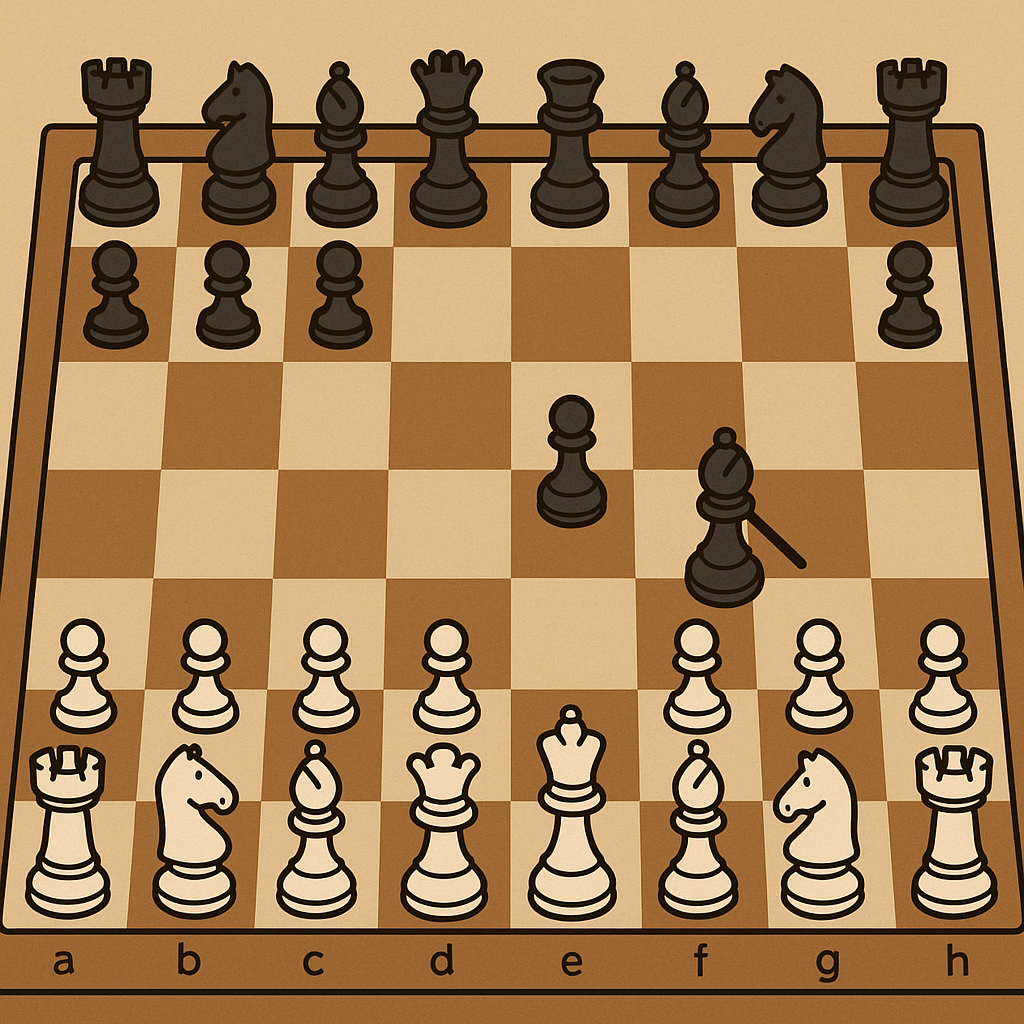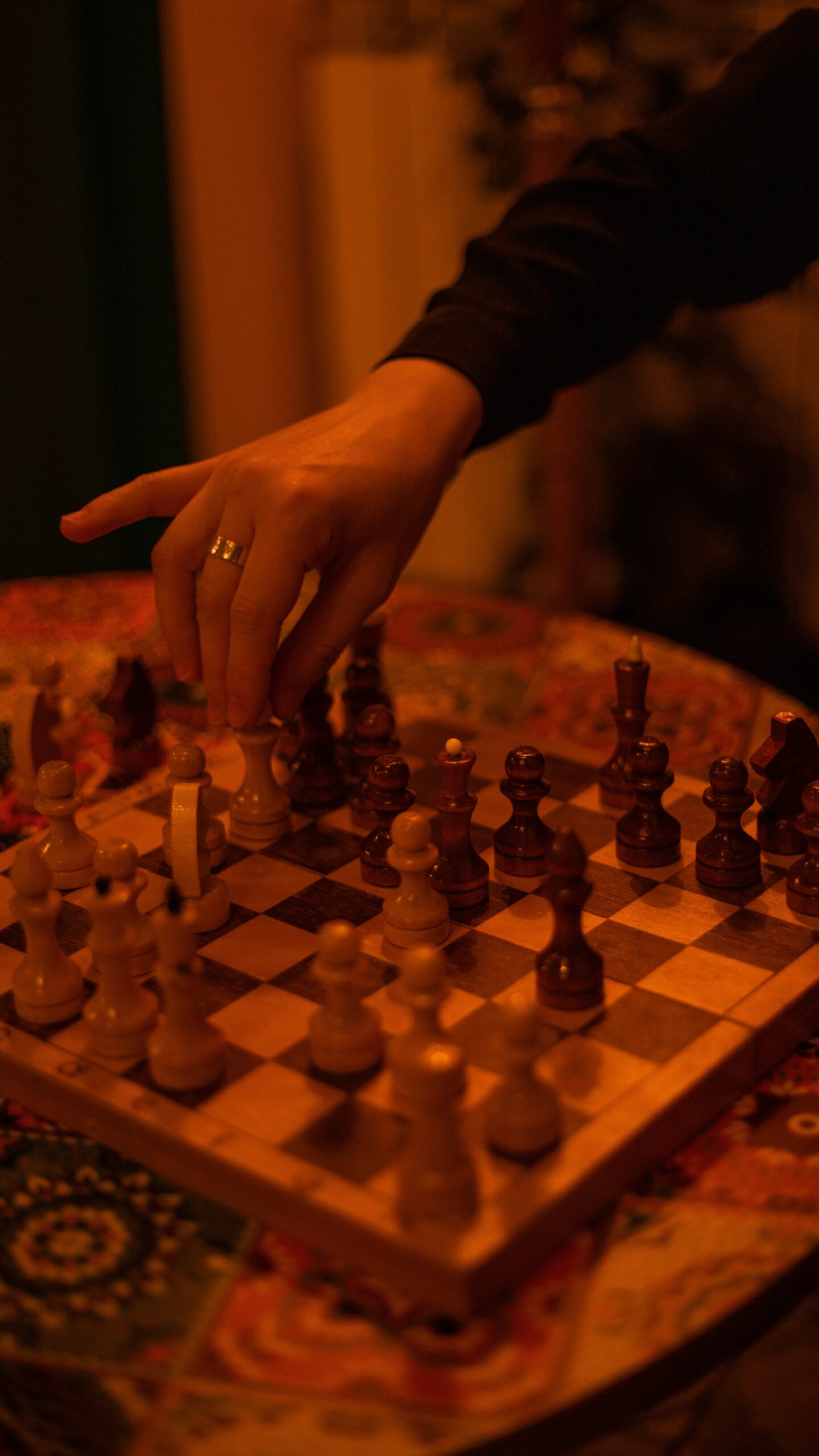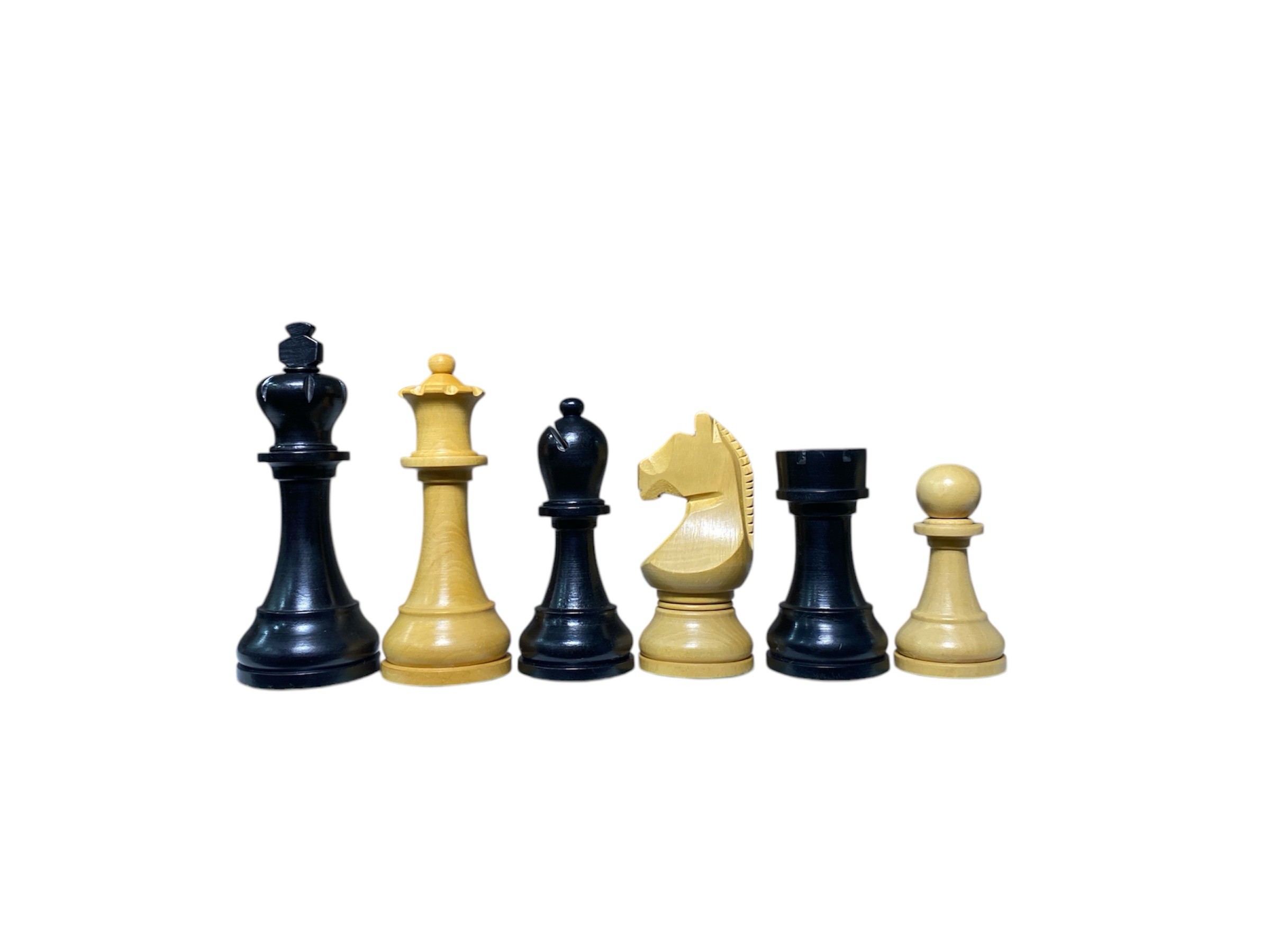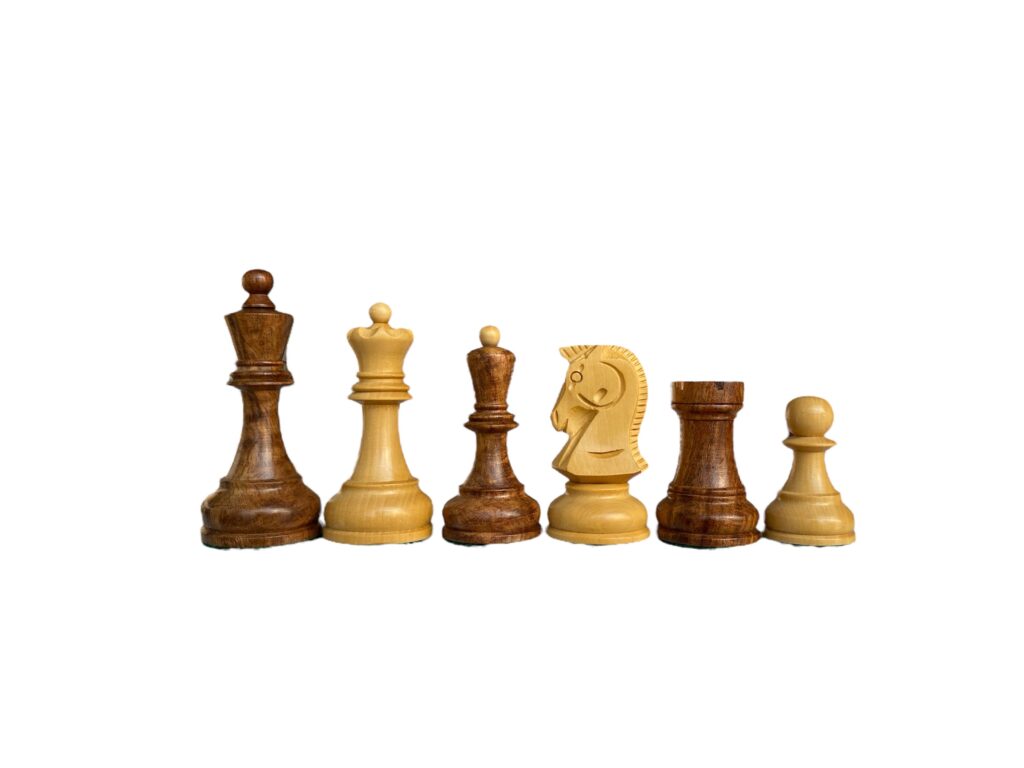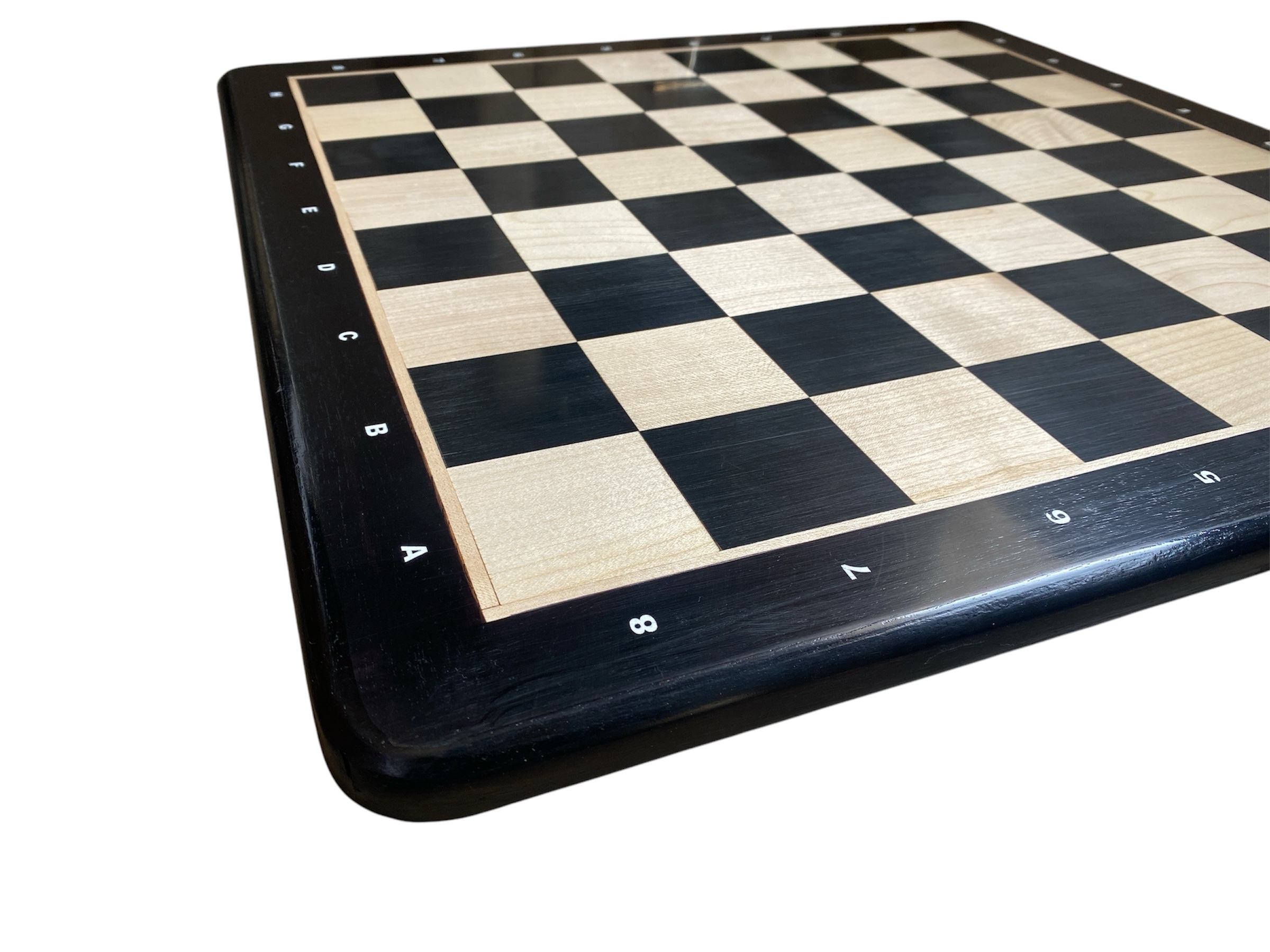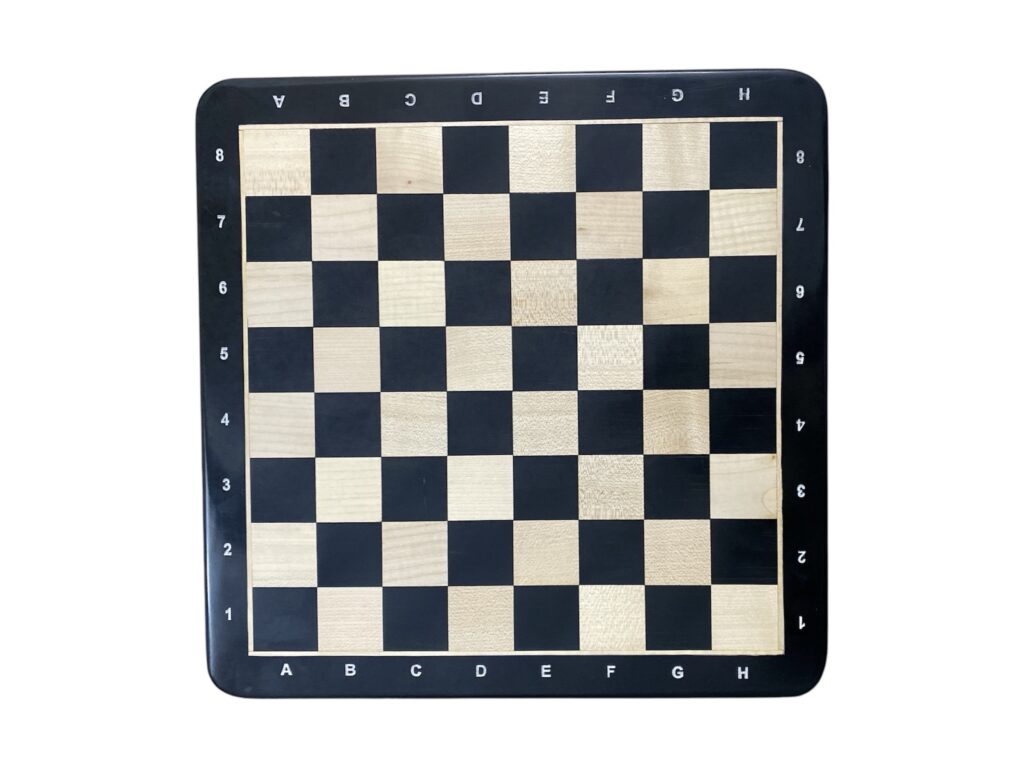
Introduction to Chess Grandmasters
Chess is a game steeped in history, requiring not only strategic thinking and foresight but also a deep understanding of its many complexities. The title of Grandmaster (GM) is one of the most coveted achievements in the chess community. Grandmaster status is not merely a title; it symbolizes a player’s exceptional skill and unmatched dedication to the game. This prestigious accolade is awarded by the World Chess Federation (FIDE) and serves as a benchmark for excellence in chess.
To attain Grandmaster status, chess players must meet stringent criteria, including achieving a minimum rating of 2500 at some point in their career and earning three Grandmaster norms from international tournaments. The significance of these requirements underscores the level of mastery that one must attain, differentiating Grandmasters from novice and intermediate players. Achieving this title denotes not only a player’s extraordinary talent but also years of hard work, practice, and a persistent commitment to improvement.
Historically, the game of chess has produced remarkable figures whose genius and contributions have left an indelible mark on the sport. Legendary Grandmasters like Garry Kasparov, Bobby Fischer, and Anatoly Karpov reshaped the landscape of competitive chess with their innovative strategies, mental fortitude, and engaging tactics. Their prowess has inspired countless players to pursue the Grandmaster title and has contributed to the increasing popularity of chess worldwide.
Grandmaster titles are not merely personal achievements; they signify a player’s impact on the chess community and their contribution to the evolution of chess strategies. As the game continues to evolve, the pursuit of excellence remains a central theme for aspiring players, setting the stage for many future Grandmasters whose names may one day be mentioned alongside the legends of the game.
Understanding the Title of Grandmaster
The title of Grandmaster (GM) is the highest honor bestowed by the Fédération Internationale des Échecs (FIDE), the international governing body for chess. Achieving this esteemed title is a mark of exceptional skill and dedication to the game. To become a Grandmaster, a player must meet specific criteria, including a combination of performance ratings, tournament results, and established norms. Understanding these requirements is essential for aspiring players aiming for chess mastery.
To attain the Grandmaster title, one must first achieve a FIDE rating of 2500 or higher at some point in their career. This rating reflects a player’s strength and consistency in competitive play against rated opponents. Along with the necessary rating, players must also fulfill three GM norms, which are high-level performance benchmarks achieved in FIDE-sanctioned tournaments. Norms are generally earned through exemplary performances against other titled players, reflecting the competitor’s ability to perform at the Grandmaster level.
Moreover, a player needs to accumulate these norms from at least two different countries to demonstrate adaptability and capability across various playing styles. The number of tournaments required varies but typically includes participation in several international competitions. It’s important to note that the journey to becoming a Grandmaster can often be long and arduous, requiring years of sustained effort, practice, and competition.
The prestige associated with the Grandmaster title is immense, not only symbolizing peak chess expertise but also opening doors to opportunities in coaching, commentary, and professional play around the world. Achieving this title signifies not just personal triumph, but also a position among the elite in the chess community.
Pathway to Becoming a Grandmaster: Step-by-Step
Embarking on the journey to chess Grandmaster status requires a structured approach and unwavering commitment. The pathway commences with grasping the fundamentals of chess. Every aspiring player should invest time in understanding the rules, basic tactics, and essential strategies. Resources such as instructional books and online tutorials serve as excellent starting points, providing foundational knowledge that forms the bedrock of advanced skills.
Once the basics are mastered, individuals should seek to join a local chess club. This is crucial for practical experience, as interaction with other players allows for the application of learned concepts. Regular club play not only enhances tactical skills through real-time competition but also builds critical thinking and psychological endurance, essential traits for mastering the game.
Progressing through competitive tournaments is the next significant step on the journey. Participation in local, regional, and national tournaments helps players develop their skills against a wide range of opponents. It is during these competitions that players can earn titles such as Candidate Master (CM) or FIDE Master (FM), marking milestones that bolster confidence and affirm progress. Each title attained serves as a marker of dedication and skill enhancement, reinforcing the player’s commitment to their chess education.
As players gain proficiency, consistent training becomes paramount. Engaging with chess coaches, studying grandmaster games, and analyzing personal past games will refine strategies and opening repertoire. This phase requires discipline and a dedicated practice schedule, ensuring continual improvement. Advanced players should also consider participating in international tournaments, as exposure to diverse styles can accelerate mastery.
Ultimately, the road to Grandmaster is paved with dedication and persistent effort. Recognizing key milestones along the way not only provides motivation but also enhances the sense of achievement. Each step, from mastering the basics to competing on an international level, brings aspirants closer to realizing their goal of becoming a chess Grandmaster.
Essential Skills and Strategies to Develop
To embark on the journey of becoming a Chess Grandmaster, one must cultivate a diverse skill set that encompasses various aspects of the game. Among the foundational components is mastery of opening theory, which involves understanding different opening strategies and their underlying principles. Familiarity with key openings not only lays the groundwork for a successful game but also helps players anticipate their opponent’s moves and devise counter-strategies. An aspiring Grandmaster should aim to learn popular openings, their variations, and the typical middlegame positions they lead to.
As the game transitions into the middlegame, tactics become paramount. Proficiency in recognizing tactical motifs such as forks, pins, and skewers can significantly influence the outcome. Therefore, practicing tactical puzzles is essential. This not only refines one’s ability to spot immediate threats but also enhances overall board awareness, crucial for maintaining a competitive edge. Developing the capacity to calculate moves several steps ahead is equally important and requires consistent analysis of past games and professional matches.
Moreover, an adept Grandmaster must also excel in endgame techniques. Understanding basic endgame principles, including king and pawn endings, and the importance of piece coordination can make a considerable difference in converting advantageous positions into victories. The endgame phase often reveals the true skill of a player, as it requires precise calculations and deep strategic planning.
In addition to technical skills, psychological resilience plays a critical role in chess mastery. The ability to stay calm under pressure and adapt to unexpected moves is vital. Furthermore, creativity and analytical thinking allow players to approach the game innovatively, finding unique solutions to complex positions. By developing these essential skills and strategies, aspiring Grandmasters can significantly enhance their performance and increase their chances of success on the road to mastery.
Training Regimens of Grandmasters
Becoming a chess Grandmaster requires more than just innate talent; it demands a rigorous training regimen and effective study habits. Grandmasters often adopt structured routines that involve a combination of theoretical study, practical play, and cognitive training. A cornerstone of their development is the analysis of classic games played by previous champions. This practice not only enhances theoretical knowledge but also helps in understanding various strategic concepts. By studying these games, aspiring players can glean vital lessons on tactical themes, positional awareness, and endgame techniques.
Incorporating chess software into daily practice is another effective method utilized by Grandmasters. Tools such as ChessBase and various online platforms provide extensive databases and engine analyses, allowing players to refine their tactics and openings. These resources enable players to practice specific positions and simulate tournament scenarios, ultimately leading to a deeper understanding of the game. Engaging with a mentor or coach can complement this self-study, as personalized feedback and expert guidance can accelerate learning and address individual weaknesses.
Regular participation in competitions is essential for any chess player aiming for Grandmaster status. Tournaments provide practical experience and an opportunity to test one’s skills under pressure. In addition to these competitive environments, maintaining a habit of self-analysis post-games is critical. Grandmasters often review their matches to evaluate their performance, identifying mistakes and successes to improve future outcomes. Moreover, the significance of physical fitness and mental well-being cannot be overstated. Engaging in physical exercise and maintaining a balanced lifestyle significantly contributes to sustained focus, resilience, and overall performance on the board.
Learning from the Great Grandmasters of All Time
The journey to becoming a chess Grandmaster is significantly influenced by the legacies left behind by historical chess greats. Players such as Garry Kasparov, Anatoly Karpov, Bobby Fischer, and Magnus Carlsen have each carved their names into the annals of chess history with unique styles and groundbreaking contributions. Their careers represent a rich tapestry of tactical brilliance and strategic ingenuity, offering invaluable lessons for aspiring chess aficionados.
Garry Kasparov, often regarded as one of the best players ever, revolutionized chess through his aggressive style and deep understanding of openings. His famous matches against Anatoly Karpov are not merely a study in competition but a masterclass in psychological warfare and resilience. Studying these encounters reveals the importance of preparation and adaptability, as well as the ability to apply pressure on opponents with calculated aggression.
Anatoly Karpov, in contrast, is known for his positional understanding and strategic play. His ability to convert small advantages into winning positions exemplifies the virtue of patience in chess. Karpov’s approach teaches budding players that meticulous planning and gradual improvements can often yield more fruitful results than haste in pursuing immediate victories. By examining key games from Karpov’s epic battles, players can grasp the nuances of positional play.
Bobby Fischer’s contributions cannot be understated; he brought a level of passion and dedication to chess that inspired a generation. His exceptional endgame knowledge and mastery of the psychological dimensions of chess demonstrate that mental fortitude is as crucial as technical skill. Fischer’s path to the World Championship provides a profound lesson in commitment and discipline, qualities that are essential for any aspiring Grandmaster.
Lastly, Magnus Carlsen, the reigning champion, combines a deep understanding of chess theory with an intuitive grasp of dynamic positions. His ability to maintain an edge in complex situations signifies the need for creativity and adaptability in contemporary chess. Learning from Carlsen’s games illustrates how modern players can harness both old wisdom and new strategies to achieve success.
By studying these great Grandmasters, one can glean insights into developing their stylistic preferences and understanding various strategies. Each of these players embodies distinct philosophies that also reflect the evolution of chess over the decades, offering lives rich with lessons for those pursuing mastery in the game.
Navigating the Chess Community and Networking
To enhance your journey towards becoming a chess grandmaster, active participation in the chess community is essential. Engaging with fellow players, coaches, and experts can provide invaluable insights, stimulate motivation, and foster a rich learning environment. One of the most effective ways to connect with others in the chess domain is through local clubs. Joining a chess club not only allows you to play regular games but also facilitates interactions with individuals at varying skill levels. These clubs often organize tournaments, workshops, and lectures by seasoned players, providing opportunities for mentorship and social interaction.
In addition to local clubs, online platforms have emerged as significant avenues for networking within the chess community. Websites, forums, and social media groups dedicated to chess allow players to connect regardless of geographical boundaries. Here, players can share strategies, seek advice, and discuss recent games or tournaments, enriching their understanding of chess dynamics. Engaging with online content creators, such as streamers and YouTube educators, can also offer fresh perspectives and innovative strategies while expanding your network.
Participating in chess forums or discussion groups can further enhance your networking capabilities. Platforms like Reddit and specialized chess forums offer members a chance to exchange ideas and analyze games collaboratively. By actively sharing your thoughts and experiences, you can establish your presence in the community, attract the attention of experienced players, and potentially open doors to future collaborations or partnerships.
Lastly, attending chess tournaments and workshops can be extremely beneficial. These events not only allow you to test your skills against other competitors but also grant you access to seasoned coaches and grandmasters. Such exposure is invaluable, as you can gain insights into advanced strategies and techniques while simultaneously building connections with influential figures in the chess world. As you navigate these avenues, remember that the relationships you cultivate can significantly impact your chess journey and help you progress towards your grandmaster aspirations.
Common Challenges and How to Overcome Them
Embarking on the journey to becoming a chess Grandmaster is an exhilarating yet demanding pursuit. Aspiring players often encounter several common challenges that can hinder progress. Among these obstacles, players frequently experience performance plateaus, dwindling motivation, and mental fatigue, each of which can significantly impact their journey.
Performance plateaus occur when players find themselves stuck at a certain skill level, seemingly unable to improve despite extensive practice. To overcome this challenge, it is crucial to set realistic, incremental goals. Instead of aiming for vast improvements overnight, focus on smaller, manageable objectives that contribute to overall development. Regularly reviewing and adjusting these goals ensures sustained progress while preventing frustration. Additionally, seeking constructive feedback from coaches or more experienced players can provide insights vital for overcoming plateaus.
Lack of motivation is another common hurdle in the quest for chess mastery. It is essential to remember why you began playing chess in the first place. To rekindle enthusiasm, immerse yourself in the rich history of the game, study the lives of famous Grandmasters, or engage in local chess clubs where social interactions can revive your passion. Incorporating variety into practice sessions, such as exploring new openings or experimenting with different time controls, may also reignite excitement.
Mental fatigue is prevalent among serious chess players due to the intense concentration required during matches and studies. To combat this, practice mindfulness techniques or take regular breaks to allow your mind to rest. Engaging in physical exercise promotes mental clarity and resilience, as well. Prioritizing a balanced lifestyle with adequate sleep, nutrition, and leisure activities contributes to a positive mindset essential for overcoming these challenges.
Conclusion and Final Thoughts
In the journey to becoming a Chess Grandmaster, it is essential to recognize that the path is as important as the destination. Aspiring players must cultivate a deep understanding of the game while harboring a genuine passion for chess. This ambition drives individuals to not only improve their skills but also to appreciate the complexities and nuances that make chess a lifelong pursuit.
Throughout this guide, we have explored the various facets of mastering chess, including the significance of constant practice, studying key openings, and analyzing games played by great masters. Each of these elements plays a crucial role in the continuous development of one’s chess abilities. Additionally, we have highlighted the importance of participating in tournaments and seeking mentorship to accelerate progress in this competitive field.
Becoming a Grandmaster is not merely about acquiring the title but embracing the enriching experiences that come with dedicated practice and competition. It requires resilience, strategic thinking, and an unwavering commitment to improvement. Each game played, win or lose, serves as an opportunity to learn and adapt, reinforcing the idea that there is always more to discover in the realm of chess.
As you move forward in your chess journey, remember to stay motivated and enjoy the process. Set realistic goals and break down your aspirations into manageable tasks. Find joy in the challenges you encounter and celebrate your victories, as they are stepping stones toward achieving Grandmaster status. With dedication, a willingness to learn, and a love for the game, you can truly enhance your chess skills and perhaps, one day, be recognized as a Grandmaster yourself.
If you want to buy any Grand master chess sets click here






